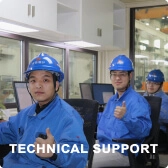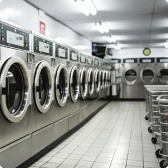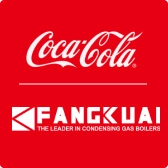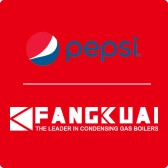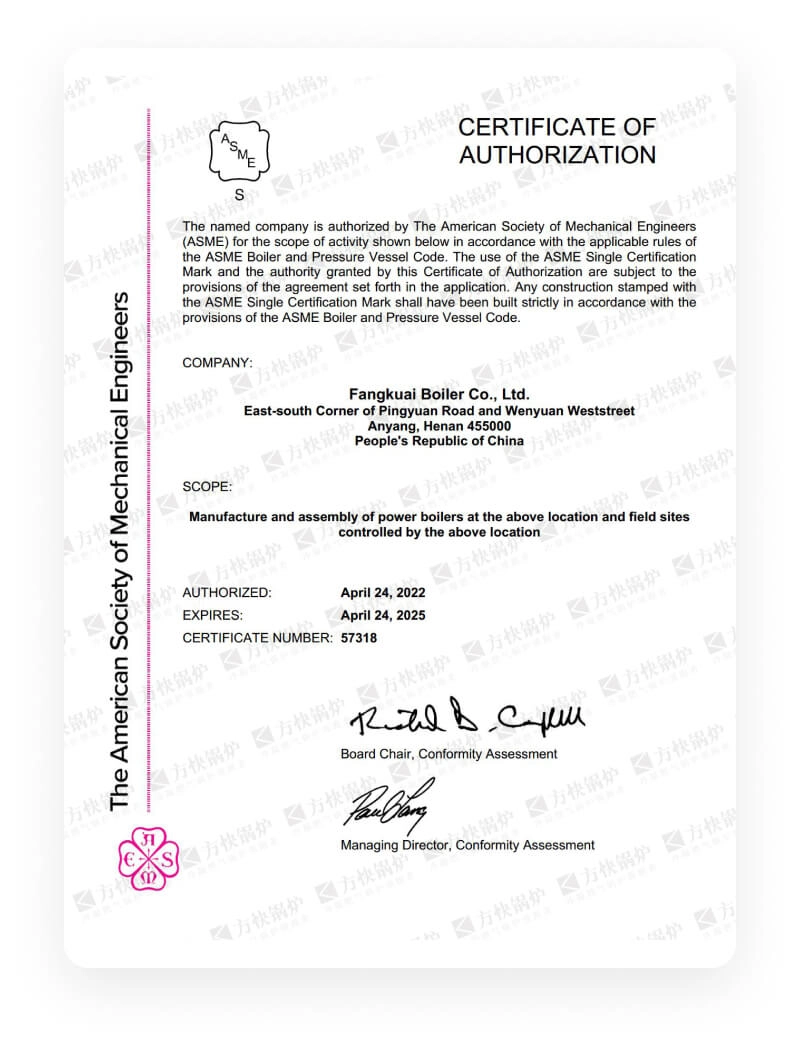Steam Boiler Structure Introduction
date: 2024-08-16
Page preview:

1. Boiler body
The boiler body is the core of the steam boiler and is mainly composed of the following parts:
Furnace:
The furnace is the area where fuel is burned, where fuel (such as coal, oil, gas, etc.) burns and produces high-temperature flue gas. The heat released during the combustion process is transferred to the water or steam-water mixture in the boiler through the furnace wall.
Furnace wall:
The furnace wall surrounds the furnace and plays a role in insulation and protection. At the same time, the furnace wall is in contact with the water container of the boiler (such as water-cooled wall, drum, etc.), effectively transferring heat to the water, heating it and converting it into steam.
Water pipe:
The water pipe is a pipe or tube bundle arranged in the furnace to hold water and receive heat. The heat is transferred to the water through the water pipe wall, causing it to evaporate into steam. Depending on the design, the water pipe can be in a variety of forms such as straight pipes, curved pipes, and threaded pipes to improve the heat transfer efficiency.
Steam space:
The steam space is the area in the boiler where steam is generated and accumulated. As the water is continuously heated and evaporated, steam is formed and accumulated in the steam space, and is eventually transported to the equipment or system that needs steam through the steam outlet.
Flue:
The flue is used to guide the flue gas from the furnace to the chimney or flue gas treatment system. During the flow of flue gas in the flue, it will also exchange heat with the heating surface, further improving the thermal efficiency of the boiler. The flue usually includes components such as chimneys and flue gas returners.
Drum (steam drum):
The drum is a cylindrical pressure container at the top of the boiler, and its interior is divided into a water space and a steam space. The steam-water mixture generated by the water in the water space after absorbing heat in the water-cooled wall is collected here. After the steam-water separation, the saturated steam is transported to the superheater. The drum is also equipped with accessories such as safety valves and drain valves to ensure the safe operation of the boiler.
2. Auxiliary equipment
Auxiliary equipment is an important part of steam boilers, used to ensure the normal operation of the boiler and improve its operating efficiency. Common auxiliary equipment includes:
Ventilation equipment:
such as blowers, induced draft fans, etc., used to provide the necessary air for the boiler and exhaust flue gas.
Fuel transportation equipment:
such as coal transportation system, fuel oil system, etc., used to transport fuel to the combustion chamber of the boiler.
Pulverizing system (for coal-fired boilers):
grind coal blocks into coal powder, mix with air and spray into the furnace for combustion.
Ash removal and dust removal equipment:
used to remove ash and smoke generated during boiler operation to protect the environment.
Desulfurization equipment:
used to reduce sulfur dioxide emissions in flue gas and reduce pollution to the atmosphere.
Water treatment equipment:
used to treat boiler feed water to prevent scaling and corrosion inside the boiler.
3. Control system
The control system is an important safety guarantee and operation adjustment means for steam boilers. It is used to monitor and control the various operating parameters of the boiler, such as temperature, pressure, water level, fuel supply, etc., to ensure that the boiler operates in a safe and economical state. The control system usually includes the following parts:
Sensor:
used to detect various operating parameters of the boiler, such as temperature, pressure, water level, etc.
Actuator:
adjusts the operating state of the boiler according to the control signal, such as adjusting the fuel supply, controlling the start and stop of the feed water pump, etc.
Controller:
processes and analyzes the data detected by the sensor, and sends a control signal to the actuator according to the preset control strategy. The controller usually has functions such as automatic adjustment, alarm, and interlock protection.
4. Structural characteristics of different types of steam boilers
Different types of steam boilers have different structures to adapt to different usage requirements and conditions. The following are the structural characteristics of some common types of steam boilers:
Electric steam boiler:
The structure is relatively simple, and no combustion chamber and flue are required.
Using electricity as the heat source, the water in the pot is directly heated by the electric heating element to generate steam.
Oil-fired steam boiler:
Usually equipped with oil burners and oil supply systems.
The fuel burns in the combustion chamber to generate heat, which is transferred to the water through the furnace and water pipes to generate steam.
Gas-fired steam boiler:
Similar to oil-fired steam boilers, but uses gas fuels such as natural gas.
Equipped with gas burners and gas supply systems, the combustion process is cleaner and more efficient.
Vertical steam boiler:
Mostly single-pass or double-pass structure, small footprint.
Suitable for small places, compact structure and easy installation.
Horizontal steam boiler:
Mostly three-pass structure, the flame burns at a slight positive pressure in a large combustion chamber.
High combustion thermal efficiency, suitable for large places. Its design, such as corrugated furnace and threaded smoke pipe structure, is designed to improve thermal efficiency and heat exchange effect.

In summary, the structure of steam boilers is complex and diverse, and boilers of different types and uses have different structures. But no matter what type of boiler, its basic principle is to generate heat through the combustion of fuel and transfer the heat to water to generate steam.


